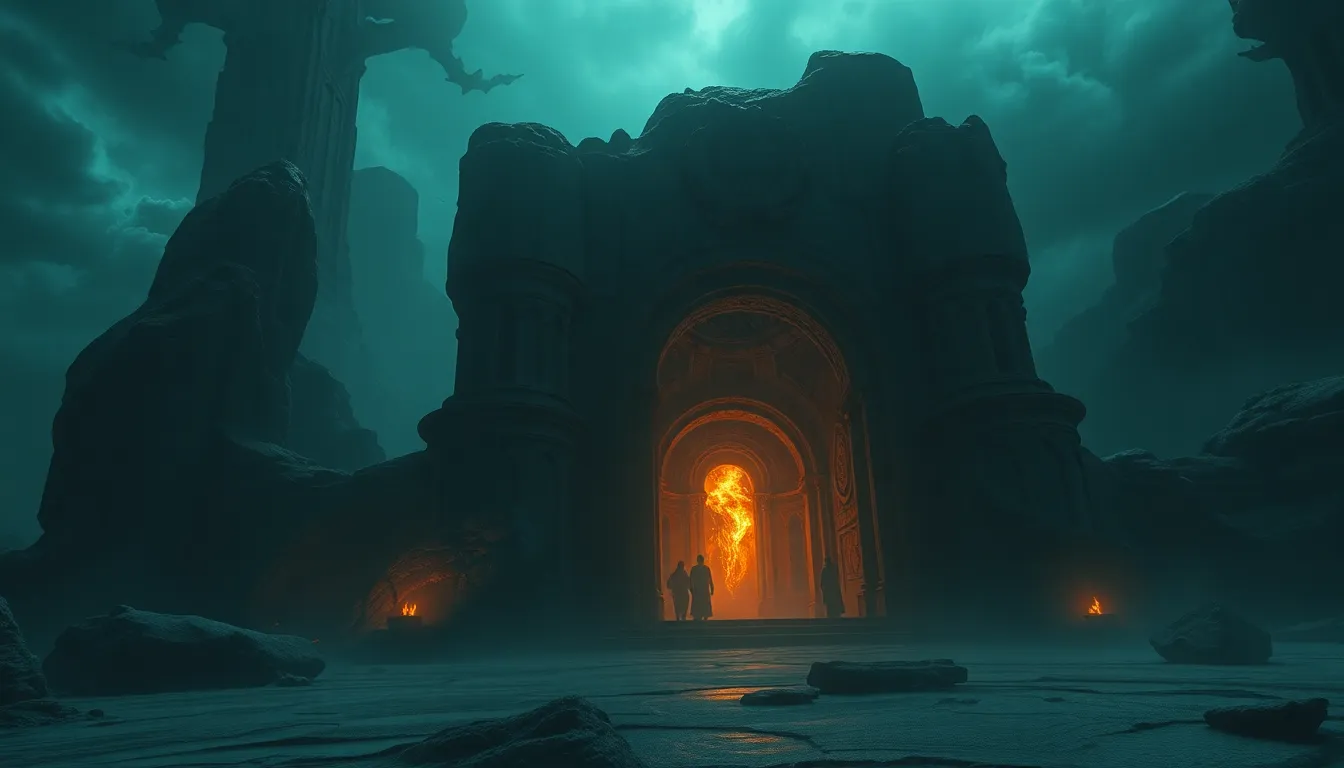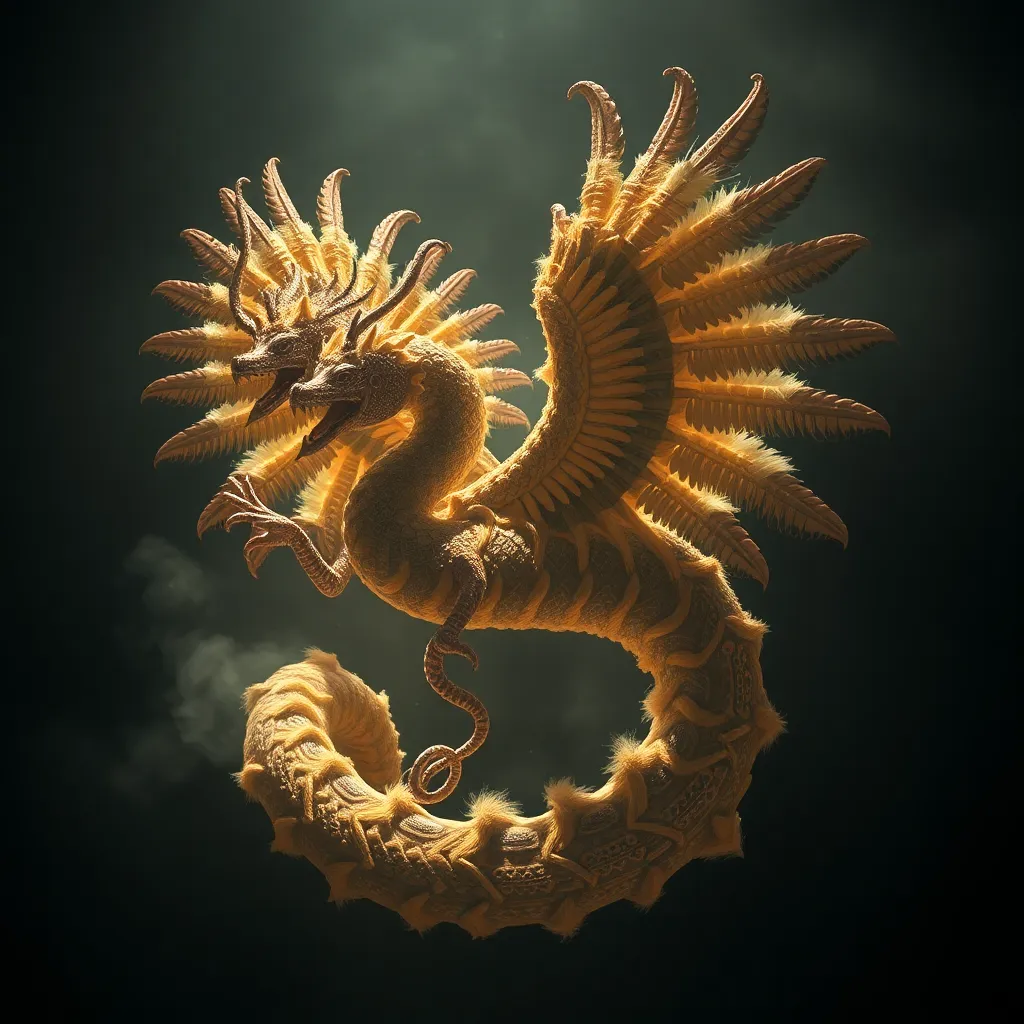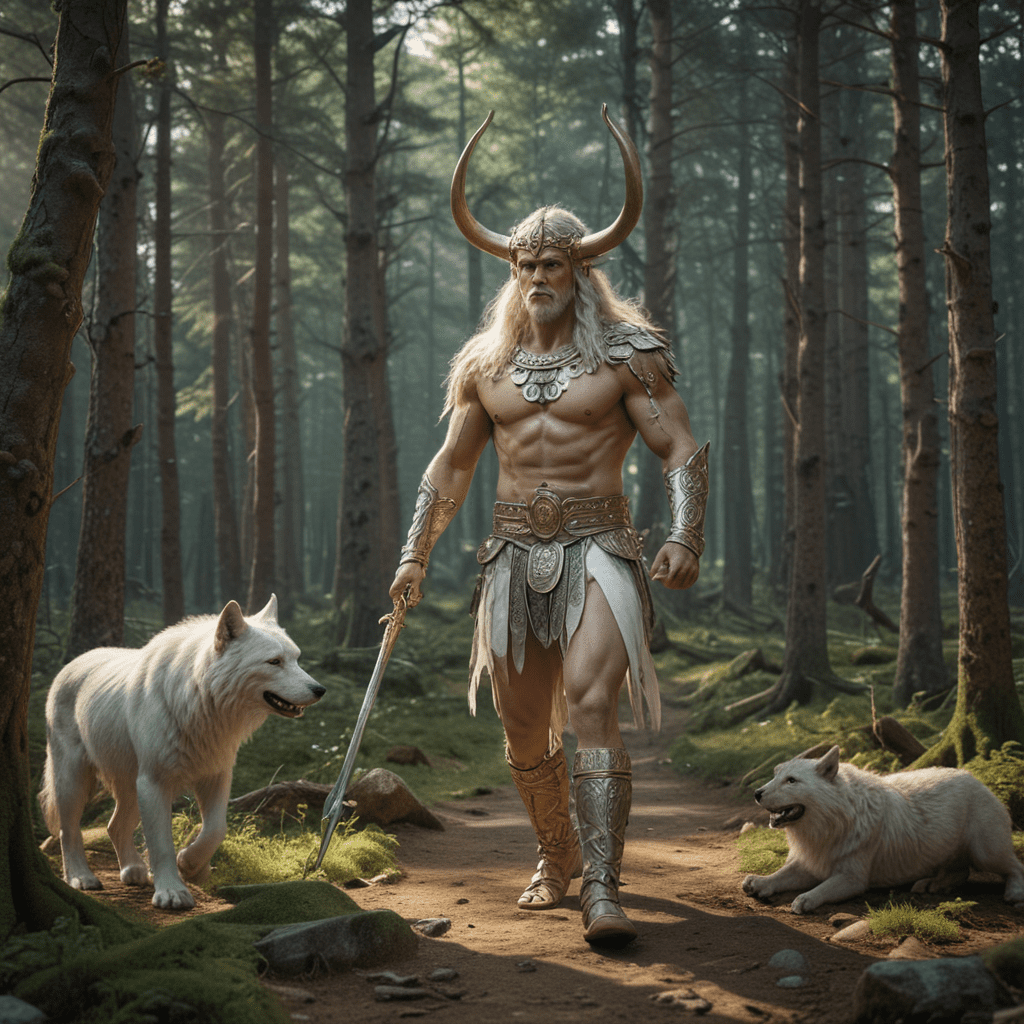Underworld Myths: The Stories That Shape Our Beliefs
I. Introduction
Underworld myths are narratives that explore the realm of the dead, offering insights into humanity’s understanding of life, death, and what lies beyond. These myths often depict a journey to an underworld, inhabited by spirits, deities, and other supernatural beings. They serve not only as cautionary tales but also as a means to explain the mystery of death and the afterlife.
The importance of underworld myths can be seen in the varied cultures around the globe, where they shape beliefs about morality, justice, and the afterlife. From ancient civilizations to modern interpretations, these stories have influenced religious practices, rituals, and ethical frameworks.
In this article, we will delve into the historical context of underworld myths, explore major myths from various cultures, analyze common themes, and discuss their impact on cultural practices and modern interpretations.
II. Historical Context of Underworld Myths
A. Origins of Underworld Myths in Ancient Civilizations
Underworld myths trace their origins to some of the earliest civilizations, where they served to explain the unknown aspects of death and the afterlife.
1. Mesopotamian Beliefs
In ancient Mesopotamia, the underworld was known as Kur, a dark and dreary place where all souls went after death. The Sumerians believed that the dead would exist in a shadowy existence, and the living were expected to perform rituals to honor their ancestors.
2. Egyptian Afterlife Concepts
The Egyptians had a more elaborate view of the afterlife, featuring the journey through the Duat, the underworld. Here, souls faced judgment by Osiris, where their hearts were weighed against the feather of Ma’at, determining their fate in the afterlife.
As time progressed, these myths evolved, influenced by social, political, and religious changes, leading to a rich tapestry of beliefs surrounding death and the underworld.
III. Major Underworld Myths from Around the World
A. Greek Mythology: Hades and the River Styx
In Greek mythology, Hades is the god of the underworld, where souls are ferried across the River Styx by Charon. The journey usually involved trials and tribulations, highlighting the Greeks’ beliefs in the significance of proper burial rites.
B. Norse Mythology: Hel and Valhalla
Norse mythology presents a dualistic view of the afterlife, with Hel as the realm for those who did not die in battle, while Valhalla is reserved for warriors who died heroically. This reflects the Norse values of honor and bravery.
C. Hindu Beliefs: Naraka and the Cycle of Rebirth
In Hinduism, Naraka is the underworld where souls experience suffering based on their karma before rebirth. This cycle of death and rebirth (samsara) emphasizes the importance of living a virtuous life.
D. Indigenous Myths: The Underworld in Native American Traditions
Many Native American cultures have their own unique beliefs regarding the afterlife, often involving journeys to a spirit world. These myths often emphasize harmony with nature and the interconnectedness of all life.
IV. Common Themes in Underworld Myths
A. Concepts of Death and the Afterlife
Underworld myths universally address the themes of death and the afterlife, providing comfort and understanding amidst the fear of death.
B. Moral Judgment and the Fate of Souls
Many myths involve moral judgment, where souls are evaluated based on their earthly deeds, which influences their fate in the afterlife.
C. The Role of Guides and Deities in the Afterlife Journey
Guides, such as Charon in Greek mythology or Anubis in Egyptian beliefs, play crucial roles in assisting souls on their journey, symbolizing the transition between life and death.
V. Symbolism and Imagery in Underworld Myths
A. Representation of Darkness and Light
Underworld myths often symbolize the struggle between darkness and light, reflecting the duality of existence and the human experience.
B. The Significance of Rivers and Paths
Rivers, such as the Styx and the Nile, often symbolize the passage between life and death, representing a physical journey that mirrors spiritual transitions.
C. Archetypal Figures: Gods, Demons, and Lost Souls
Common figures in underworld myths include gods, demons, and lost souls, each representing different aspects of the human experience and moral lessons.
VI. Underworld Myths and Their Impact on Cultural Practices
A. Rituals Surrounding Death and Mourning
Many cultures have developed rituals to honor the dead, rooted in their underworld myths. These practices serve to guide the deceased and provide solace to the living.
B. Festivals and Celebrations Honoring the Dead
- Day of the Dead in Mexico
- Obon Festival in Japan
- Ancient Roman Lemuria
Such festivals reflect the cultural significance of remembering and celebrating the lives of those who have passed.
C. Influence on Art, Literature, and Popular Culture
Underworld myths have inspired countless works of art and literature, influencing genres such as horror, fantasy, and drama, where themes of death and the afterlife are explored.
VII. Comparative Analysis of Underworld Myths
A. Similarities Across Different Cultures
Despite cultural differences, many underworld myths share common elements, such as the journey after death and the presence of moral judgment.
B. Unique Elements in Specific Mythologies
Each culture adds its unique twist to the concept of the underworld, resulting in distinct practices and beliefs that reflect their values and experiences.
C. How Cultural Context Shapes Beliefs About the Underworld
Cultural context plays a significant role in shaping how societies view death and the afterlife, influencing everything from rituals to ethical beliefs.
VIII. Modern Interpretations of Underworld Myths
A. Psychological Perspectives on Fear and the Unknown
Modern psychology explores underworld myths as reflections of human fears and anxieties about death and the unknown, offering insights into our collective psyche.
B. The Relevance of Underworld Myths in Contemporary Spirituality
Many contemporary spiritual practices draw on ancient underworld myths, emphasizing personal journeys and the exploration of inner darkness.
C. Influence on Modern Storytelling in Film and Literature
The narratives found in underworld myths continue to influence modern storytelling, with films and books often revisiting themes of death, redemption, and the afterlife journey.
IX. The Role of Underworld Myths in Shaping Moral Frameworks
A. How Myths Reinforce Societal Values and Ethics
Underworld myths often serve to reinforce societal values, teaching lessons about morality, justice, and the consequences of one’s actions.
B. The Impact of Fear of the Underworld on Behavior
The fear of punishment in the afterlife can significantly influence behavior, encouraging adherence to social norms and ethical guidelines.
C. Lessons Learned from Ancient Tales
Ancient tales often contain timeless lessons about virtue, the importance of community, and the consequences of our choices, serving as moral compasses for future generations.
X. Conclusion
Underworld myths have profoundly shaped human beliefs and practices throughout history. They provide a framework for understanding death, morality, and the afterlife, influencing cultural rituals, literature, and societal values. As we continue to explore these myths, we uncover not only the fears and beliefs of ancient peoples but also the timeless human quest for meaning in the face of mortality.



